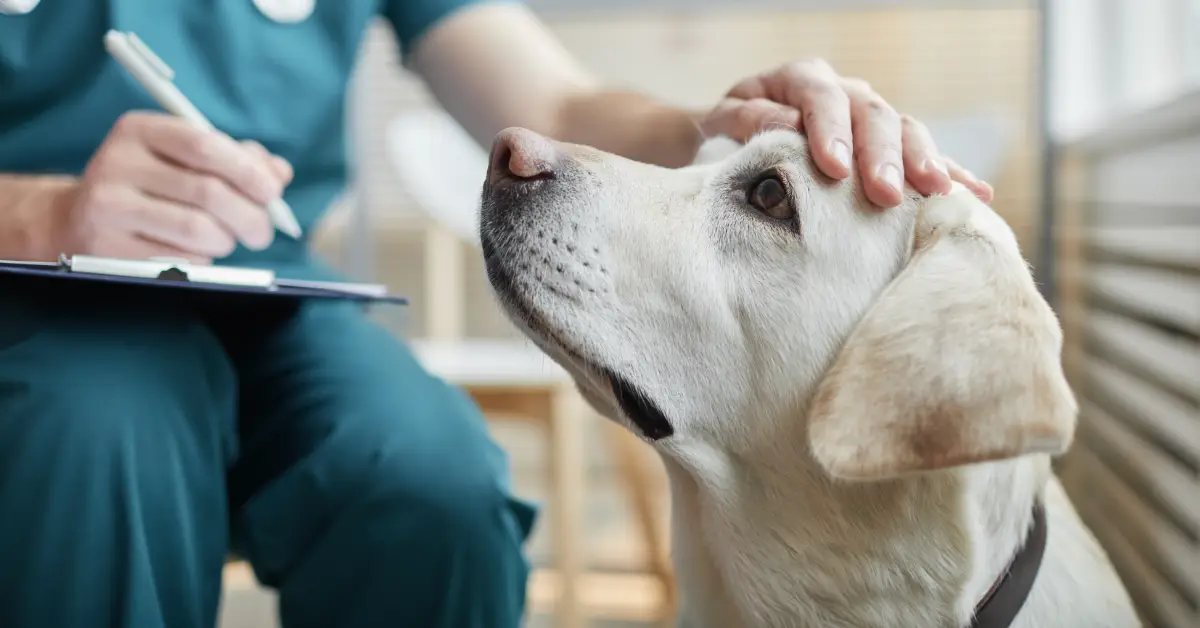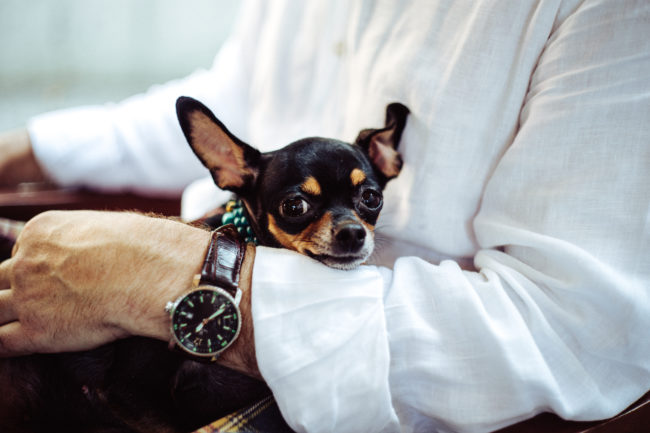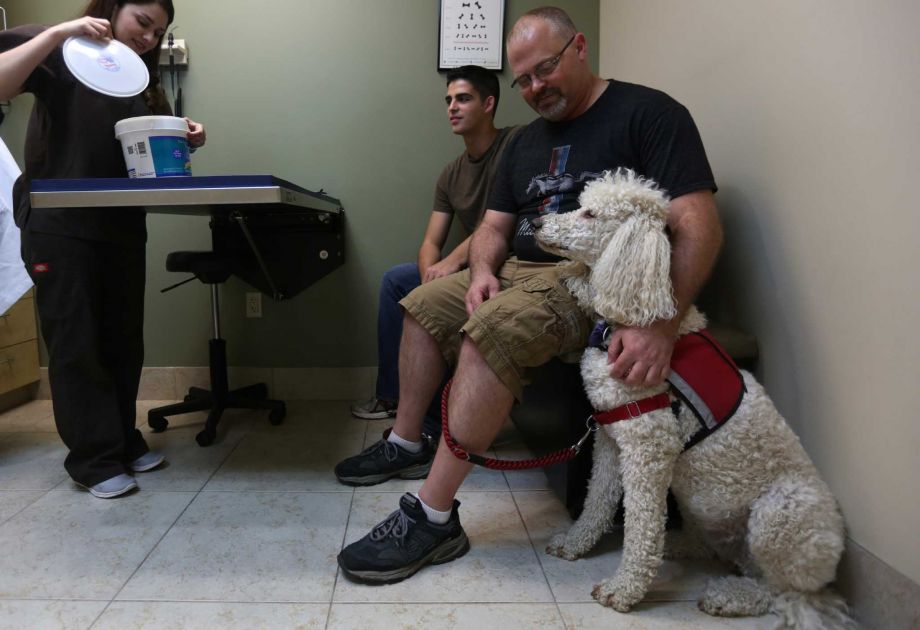All Our Articles on Dog Health

How to Choose the Right Pet Insurance
We all know how important pets are for your emotional wellbeing. If your dog is injured or ill, it’s not just inconvenient — it can... Read more

Can Dogs Eat Chocolate?
No, dogs should absolutely never eat chocolate, as it is highly toxic to them! We know it can be tempting to share your chocolate treats... Read more

Dogs Can Donate Blood, Too!
Yes, dogs can donate blood — and it's a lot like human blood donation! If your dog is healthy, weighs over 35-50 pounds (depending on... Read more

Can Dogs Eat Pineapple?
Yes, dogs can safely eat fresh pineapple in moderation. This comprehensive guide combines scientific research with practical advice to help you safely share this tropical... Read more

How a Dog’s Internal Clock Works
Service dogs can be trained to remind you when to take medication, perform a scheduled task to keep you moving forward, or other time-sensitive functions.... Read more

Can Dogs Eat Popcorn?
Unsalted and unseasoned popcorn is a safe and healthy treat for your dog. Air-popped popcorn has dog-friendly nutrients and minerals, including protein (12.9 grams), fiber... Read more

Can Dogs Eat Marshmallows?
Smores, crispy cereal treats, and marshmallows are a year-round staple, from summer camping trips to Halloween treats in the fall, from ski trips in the... Read more

Can Dogs Eat Apples?
Yes, dogs can definitely enjoy apples, including the skin! Apples are a fantastic snack for dogs because they're packed with nutrients like fiber for healthy... Read more

Can Dogs Eat Tomatoes?
Yes! Dogs can safely enjoy tomatoes, but there are a few risks to be aware of so you can feed your dog responsibly. Fully ripe... Read more





